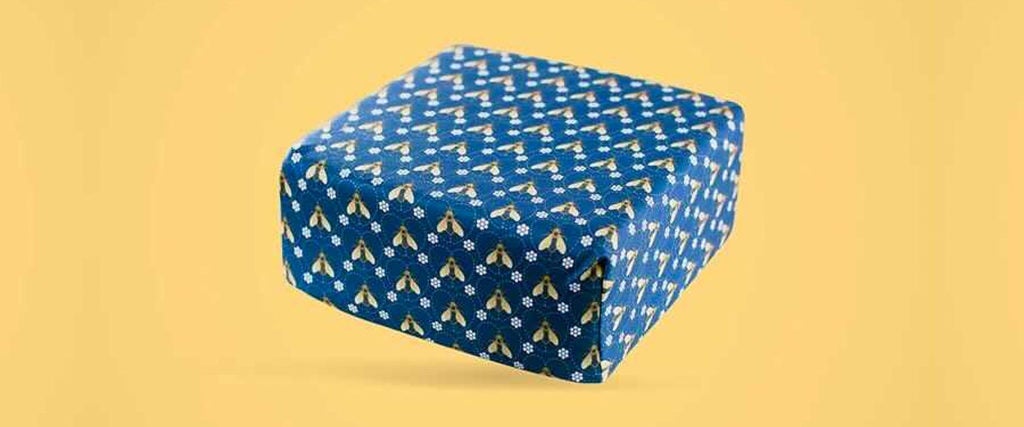I used to think the MyPillow guy seemed nice in the commercials. Now, I can’t trust any bedding-oriented advertising, so forgive me if I’m suspicious of these new ads I’ve seen for something called the “Pillow Cube.” (Cube, huh? Sounds an awful lot like Q-ube.)
But seriously, the Pillow Cube is literally cube shaped, something I’ve never before seen in a pillow. It looks like it’d be uncomfortable, but intended as it is for side-sleepers, the shape makes sense in theory. As one commercial for the product states, “side sleepers need something to fill their hole,” referring to the gap between the head, neck and shoulders, you pervs. Could the Pillow Cube, then, be just what our sleep posture needs? Or is it more marketing bullshit?
In reality, it’s probably some combination of both. There’s not really one perfect position or set of conditions for all sleepers — ideally, you maintain some spinal alignment while you sleep, but whatever lets you fall asleep, stay asleep, then wake up without pain is just fine. For many people, though, that’s easier said than done.
Generally, sleeping on your side is considered a perfectly fine position for avoiding back pain. According to Healthline, side-sleeping has been found to reduce lower back and joint pain, as well as help manage chronic pain from conditions like fibromyalgia. Side-sleeping is even associated with reduced snoring, particularly for those with sleep apnea, and is thought to help aid in digestion. Spinal alignment is integral to all this, though, and Healthline recommends sleeping with an additional pillow between your legs, using a moderately firm mattress and pillow and being careful not to tuck your chin.
At least for the latter two recommendations, the Pillow Cube could well fit the bill. According to several online reviews, the pillow is indeed rather firm, and the shape prohibits one from holding their head and neck in any position but straight. That said, this isn’t necessarily super comfortable, either. The classic Pillow Cube comes in two sizes, 5 inches thick and 6 inches thick, but the actual width and length of the face of the pillow itself is relatively small at around 12 inches. This works for anyone who is able to sleep in place all night, but anyone who likes to roll from one side to the other would need to entirely reposition themselves.
For that very reason, the Pillow Cube also offers a Pro model, which appears to be twice as long. This model comes with three thickness options, offering a 4-inch version in addition to the original 5-inch and 6-inch ones. The 4-inch Pillow Cube Pro does look super comfy, and much more like a traditional memory foam pillow. The drawback, however, is that it’s $120. The original Pillow Cube is a slightly more affordable $70, but both are still more than the average person would spend on a pillow.
With that in mind, maybe the Pillow Cube shouldn’t be for the average person. Despite featuring that contemporary style of advertising where the spokesperson acts like an energetic, hip and funny friend to get you to relate to the product, I’m unsure this product truly is for everyone — side sleepers with chronic pain or other health issues should certainly feel empowered to give it a try, and $70 to $120 is ultimately a small price to pay for something as vital as good sleep. As Pillow Cube also advertises, the product may also be ideal for CPAP machine users.
But for those of you who are ultimately sleeping on your side without much trouble, don’t let the quirky ads trick you into thinking you need something you don’t. Like any ad, the Pillow Cube wants you to believe you have a hole that only they can fill. For many people, however, that hole between their head, neck and shoulders can remain unfilled just fine.

